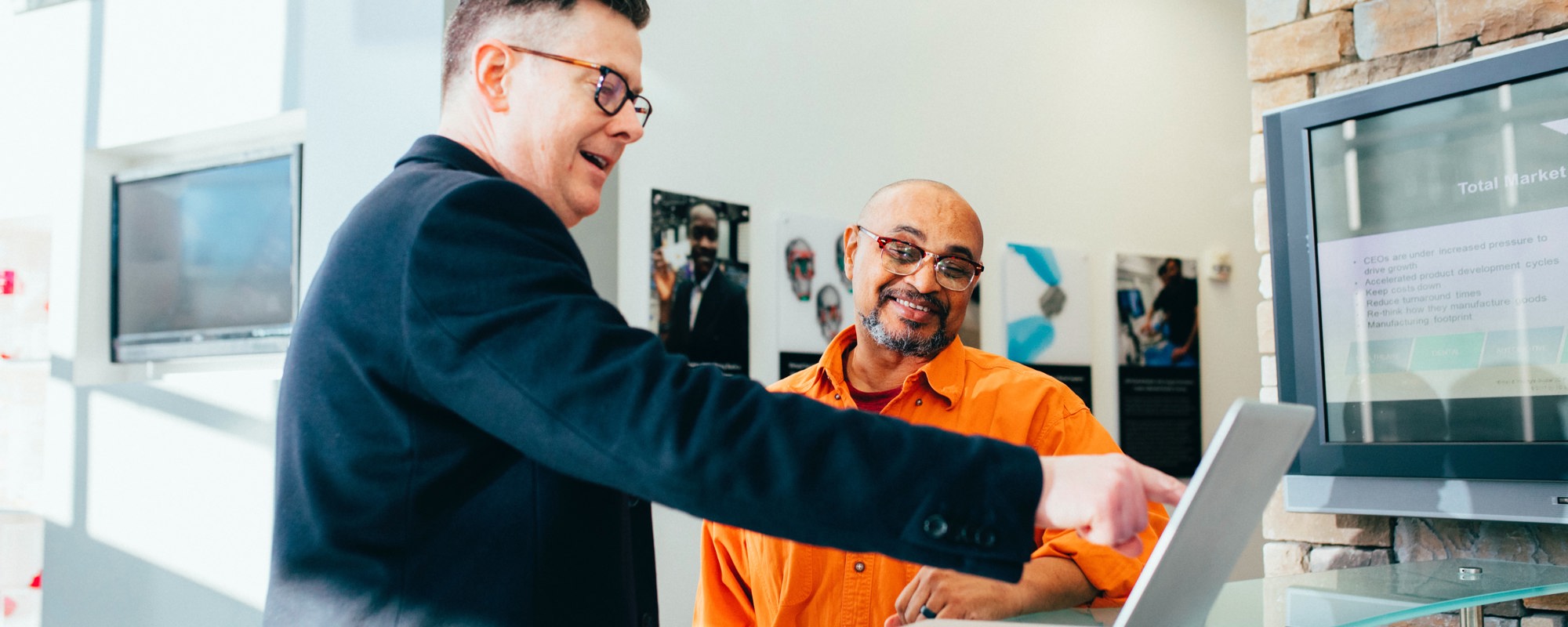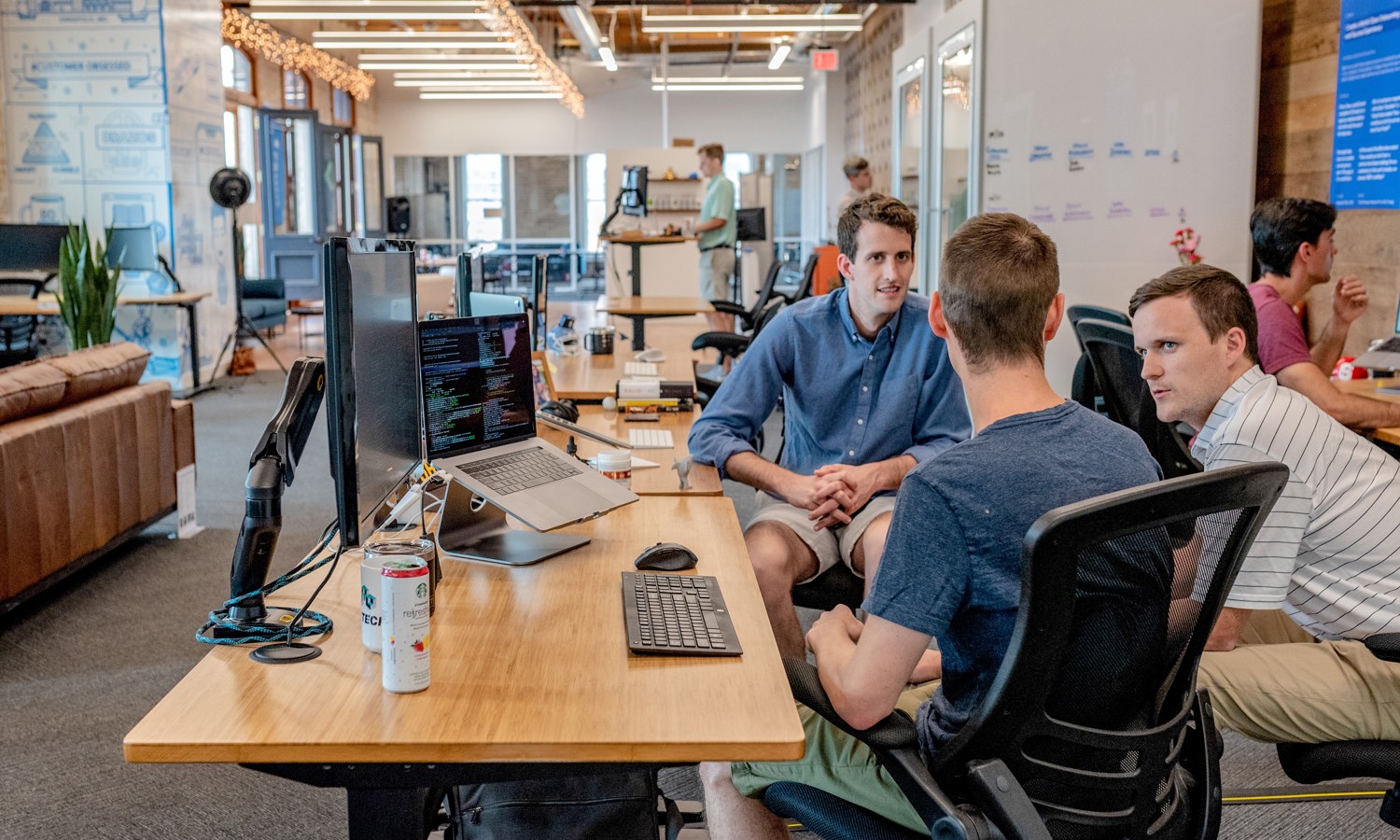How to improve the Employee Experience?
Thinking of your employees as prime athletes will enable them to focus upon delivering upon expectations Compare and contrast these two matchday experiences for footballers:
Option 1
- The players arrive at the ground around noon and eat a meal together which is designed for slow energy release.
- They arrive in the dressing room – their shirts are hung up with their name and number facing them.
- The manager reenforces the messaging and tactics that they’d been working on all week.
- The players go out to warm up, using the same balls as the matchday ball.
- Just before kick off, the captain delivers his pre-match speech, focussing on aspects he’d pre-agreed with the coaching team. He leads the team out.
Option 2
- The players eat their lunch at home, eating a variety of meals.
- They arrive in the dressing room – the kit is in a large wicker basket and the players need to rummage through it to find their kit. The junior players wait for the senior players to sit down before taking their seats.
- The manager informs the players of the team. He then introduces the tactics. The coaches then go around player-to-player, giving them a dossier of their immediate opponent.
- The players go out to warm up, using a mixture of balls of different makes and sizes.
- Just before kick off, the manager selects the captain, who is then expected to give a rousing speech before leading the team out.
Clearly Option 1 is a better matchday experience for the players – one which is designed to reduce friction and should enable them to get on with the job in-hand and perform. Professional football clubs obsess over a friction-free experience for their players – even down to considerations such as mattresses being the same thickness whichever hotel they sleep in.
With this in mind, wouldn’t it be preferable to have a friction-free Employee Experience (EX) at your organisation? Is it fair to expect your employees to deliver quality if they’re faced with multiple daily barriers to overcome before they can get on with what you’re paying them to do?
For example, think of an Accountant meeting a potential client for the first time. It would clearly be preferable for the Accountant to know that the meeting room would be clean and ready, with tech that works. That new client information packs were well stocked and easily accessed. That close colleagues knew of the meeting, so they wouldn’t interrupt them just before or during. Etc. Where possible, the Accountant (and the organisation) would benefit from them entering the meeting with little else to focus upon but the potential new client. This will support them with keeping quality high.
How to create friction-free employee experiences ‘from the people, for the people’
Utilising our EXO Toolkit, we recommend the following:
- Define your Employee Lifecycle, using words that have meaning for your employees.
- Identify the Moments that Matter across your Employee Lifecycle.
- Create Employee Journey maps for each of the Moments that Matter. Importantly, when workshopping these, not only have your EX team involved, but invite people responsible for that Moment, employees from a cross-section of the organisation, and employees who have recently experienced that Moment.
- When creating Employee Journey Maps, utilise Employee Archetypes so that you understand the types of employees you’re dealing with.
- Also utilise Empathy Maps, to put yourselves in the shoes of the employee going through that Moment.
- Decide what you want to Stop, Start, Change, Continue doing – then get going with the things you can and build business cases for aspects which may need funding.
Important: you must track and monitor these Moments. Before making any changes, run a survey of those who have been through that Moment to obtain a baseline. Then, after you’ve made your first tranche of changes, survey employees who go through that Moment to ascertain if the improvements have had a positive impact and ask for feedback on any further improvements.
By creating Employee Journey Maps across your Employee Lifecycle ‘from the people, for the people’ you will greatly increase your chances of positively impacting upon what really helps employees to produce better quality. By involving your employees in the process, you will also be able to capture concerns around important aspects such as EDI and Wellbeing. The people who actually do the work know and understand it the best, so who better to ask how friction can be reduced and quality improved?
You can download our EXO Toolkit for free.
For more on Employee Experience strategies, view this page.


